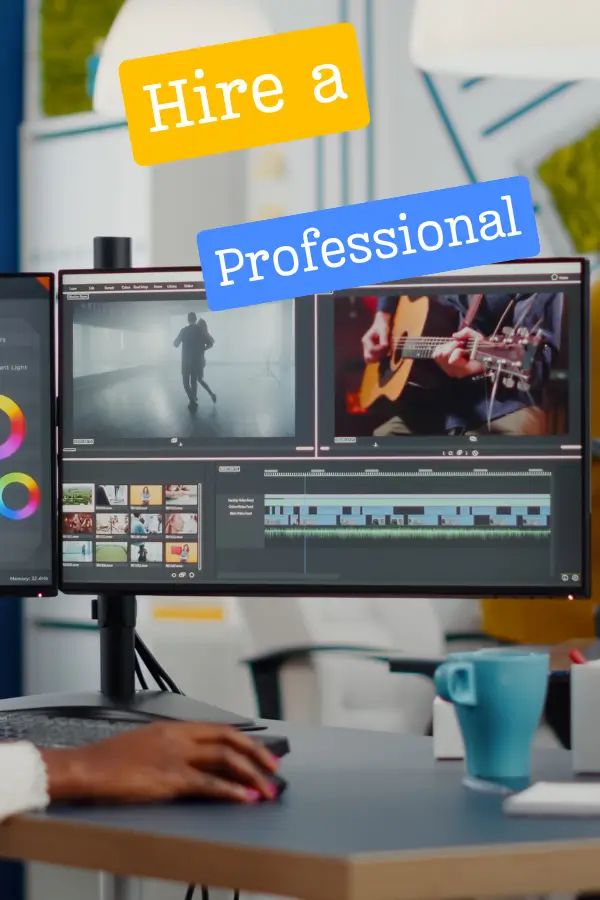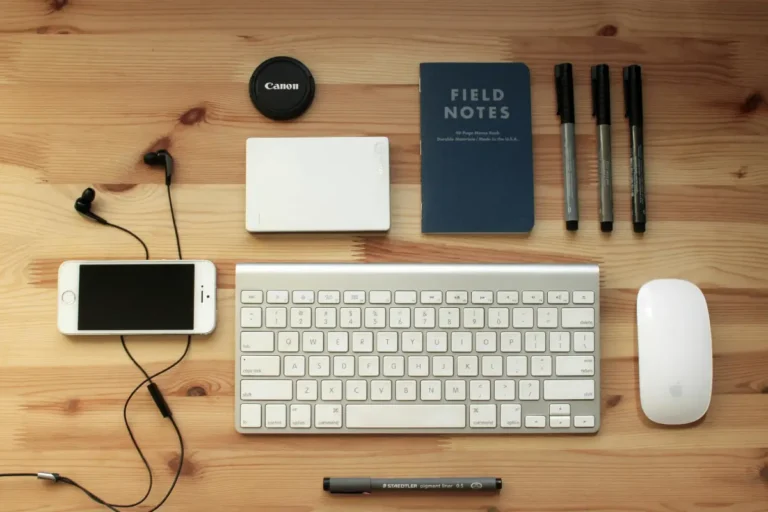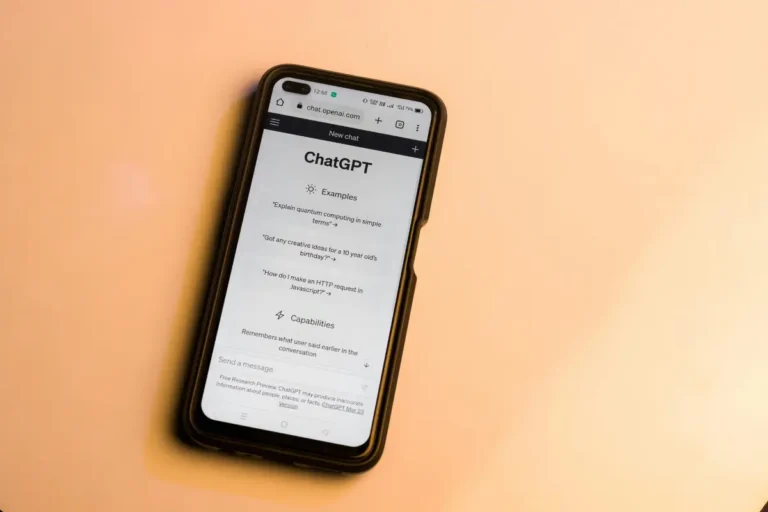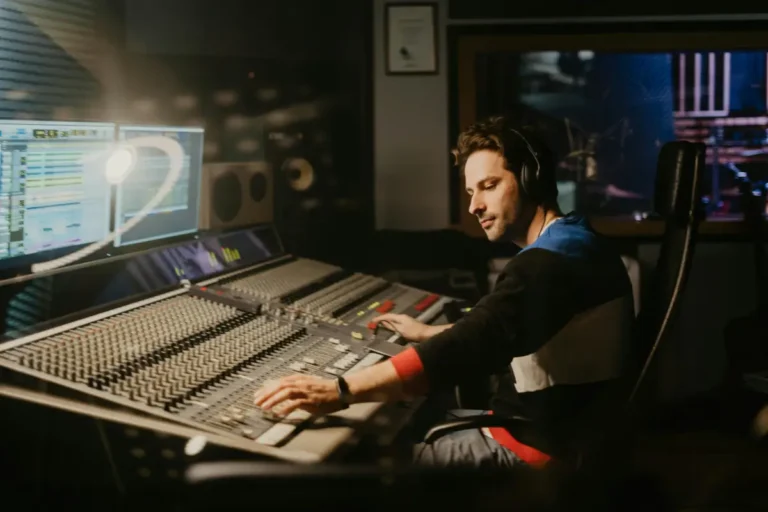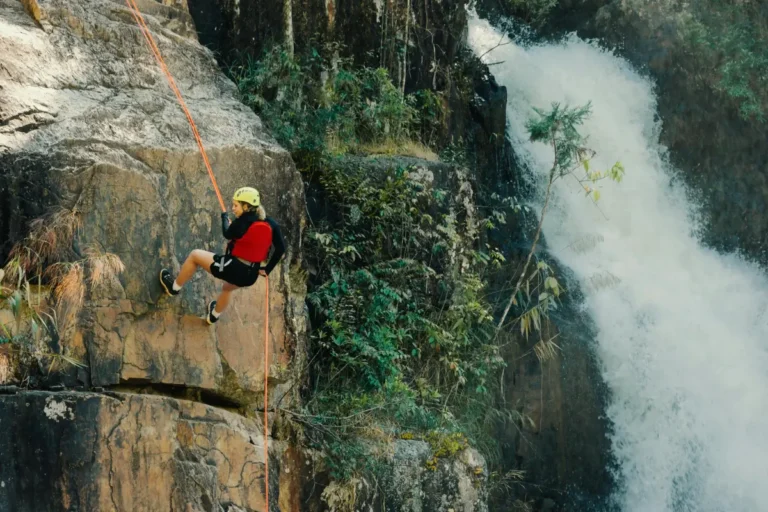Learning video editing can be a thrilling journey! Imagine being able to take raw video clips and transform them into something beautiful and engaging. Whether you want to create fun videos for your friends, start a YouTube channel, or even work in film and television, knowing how to edit videos is a valuable skill.
Many people wonder if video editing can be self-taught.
The answer is yes!
In this article, we will explore how you can teach yourself video editing, the resources available, and tips to help you along the way.
Disclaimer: I may earn an affiliate commission from Fiverr links if you make a purchase, at no extra cost to you.
Why Self-Taught Video Editing?
Before we dive into the how-to part, let’s talk about why learning video editing on your own can be beneficial:
- Flexibility: You can learn at your own pace and choose what you want to focus on.
- Cost-Effective: Many resources are free or low-cost compared to formal classes.
- Personalized Learning: You can tailor your learning experience based on your interests and goals.
Getting Started with Video Editing
1. Understanding Video Editing Basics
Before jumping into editing software, it’s essential to understand some basic concepts:
What is Video Editing?: Video editing is the process of taking raw footage and arranging it to create a finished product. This includes cutting unnecessary parts, adding effects, and improving audio.
Types of Video Editing:
- Linear Editing: Traditional method where footage is edited in a sequence.
- Non-linear Editing: Modern method using software that allows more flexibility in arranging clips.
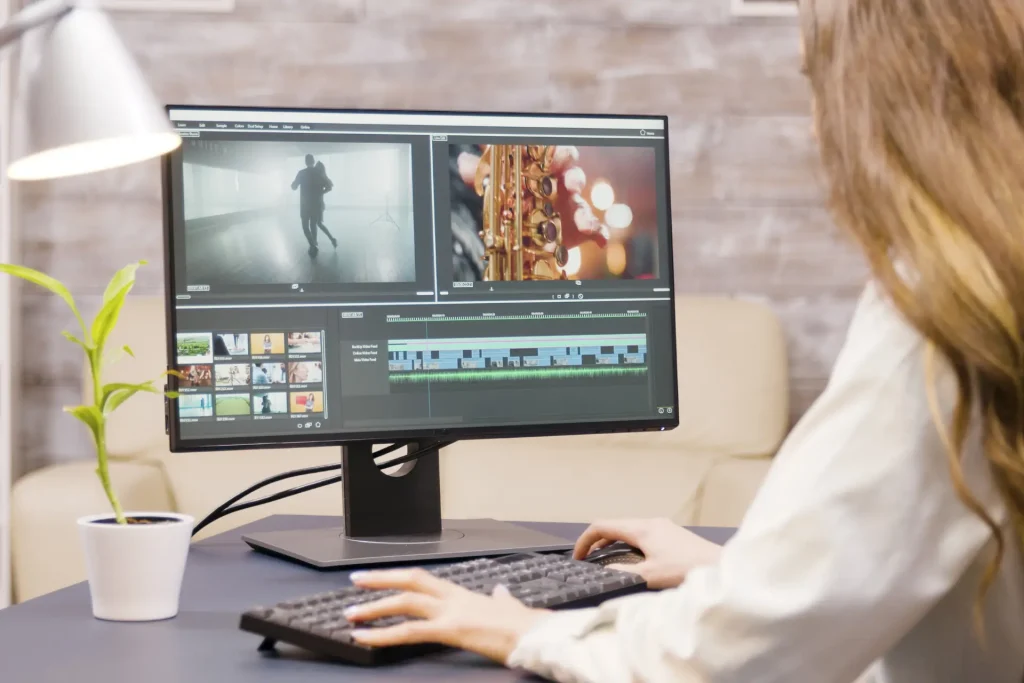
2. Choosing the Right Software
Selecting the right video editing software is crucial for your learning journey. Here are some popular options:
| Software | Best For | Price |
|---|---|---|
| Adobe Premiere Pro | Professionals | Subscription-based |
| Final Cut Pro | Mac users | One-time purchase |
| DaVinci Resolve | Color grading | Free and paid options |
| iMovie | Beginners (Mac) | Free |
| HitFilm Express | Beginners with effects | Free and paid options |
Choose software that fits your needs and budget!
3. Finding Learning Resources
Now that you have your software, it’s time to learn! There are many resources available online:
Online Courses
- Udemy: A platform with thousands of courses on various topics, including video editing.
- Skillshare: Focuses on creative skills with classes taught by industry professionals.
- Coursera: Offers courses from universities that cover both technical skills and creative aspects.
YouTube Tutorials
YouTube is a fantastic resource for free tutorials. Here are some channels to check out:
- Peter McKinnon: Offers tips on filmmaking and editing techniques.
- Film Riot: Provides tutorials on special effects and filmmaking tricks.
- Justin Odisho: Focuses on Adobe Premiere Pro tutorials.
Books and Blogs
Reading books or blogs about video editing can also help deepen your understanding. Some recommended titles include:
- “In the Blink of an Eye” by Walter Murch
- “The Technique of Film Editing” by Karel Reisz
Also See: Why is Video Editing Important for Content Creators?
4. Practice Makes Perfect
The best way to learn video editing is through practice! Here are some fun projects you can try:
- Create a short film using family videos.
- Edit a travel vlog showcasing your favorite places.
- Make a fun montage of your pet doing silly things.
5. Join Online Communities
Engaging with other learners can provide support and inspiration. Consider joining online forums or social media groups focused on video editing. Platforms like Reddit have dedicated communities where you can share your work, ask for feedback, and learn from others.
6. Get Feedback
Don’t hesitate to share your work with friends or online communities for constructive criticism. Feedback is crucial for growth as it helps identify areas for improvement.
7. Explore Advanced Techniques
Once you’re comfortable with the basics, start exploring advanced techniques such as:
- Color grading
- Motion graphics
- Sound design
These skills will elevate your videos and make them more engaging.
8. Build Your Portfolio
As you gain confidence in your skills, start building a portfolio showcasing your best work. This can be beneficial if you decide to pursue freelance opportunities or apply for jobs in the field.
9. Consider Hiring a Professional (Optional)
If you find yourself overwhelmed or simply want to learn from the best, consider hiring a professional editor for guidance.
Fiverr is an excellent resource where you can find experienced video editors who offer various services—from one-on-one coaching sessions to project-based work. This can provide you with insights into industry standards and best practices.
10. Stay Updated with Trends
The world of video editing is constantly evolving with new trends emerging regularly. Stay updated by following industry blogs, YouTube channels, or social media accounts dedicated to video production.
Conclusion
Yes, video editing can absolutely be self-taught! With dedication, practice, and the right resources, anyone can learn this valuable skill. Remember that every expert was once a beginner; patience and persistence are key.
By utilizing online courses, YouTube tutorials, community support, and professional guidance from platforms like Fiverr when needed, you’ll be well on your way to becoming a skilled video editor.
So grab your camera or smartphone, start shooting some footage, and let your creativity shine! Happy editing!

